Buy this digital art artwork Map of the World with the Carina Nebula by Whale & Sons as a reproduction on canvas, ArtFrame, poster and wallpaper, printed on demand in high quality.
About "Map of the World with the Carina Nebula"
by Whale & Sons
About the artwork
Map of the World with the Carina Nebula on a white background.
What looks like rocky mountains on a moonlit evening is actually the edge of a nearby, young star-forming region NGC 3324 in the Carina Nebula (Carina Nebula). Recorded in infrared light by the Near Infrared Camera (NIRCam) on NASA's James Webb Space Telescope, this image reveals previously hidden areas of star formation.
The area, called the Cosmic Cliffs, is actually the edge of a giant, gassy cavity within NGC 3324, roughly 7,600 light-years from us. The cavity was cut out of the nebula by the intense ultraviolet radiation and stellar winds from extremely heavy, hot, young stars located at the center of the bubble, above the area shown in this image. The high-energy radiation from these stars is sculpting the wall of the nebula by slowly eroding it away.
NIRCam - with its sharp resolution and unmatched sensitivity - reveals hundreds of previously hidden stars, and even numerous background galaxies.
NGC 3324 is roughly 7,600 light years away and was first catalogued by James Dunlop in 1826. Visible from the southern hemisphere, it is located in the northwest corner of the Carina Nebula (NGC 3372), which is in the constellation Carina. The Carina Nebula is home to the Keyhole Nebula and the active, unstable supergiant Eta Carinae.
The image incorporated into the map was created by NASA and the Space Telescope Science Institute (STScI).

About Whale & Sons
Whale & Sons is a design studio by Joshua, specializing in digital art. The studio combines photography with digital editing techniques to create unique artworks. The collection includes a wide range of styles, from enchanting forests in the style of Gustav Klimt to vibrant animal portraits and abstract.. Read more…
 Germany
Germany Ordered in April 2023
Ordered in April 2023
 Germany
Germany Ordered in January 2023
Ordered in January 2023
 Netherlands
Netherlands Ordered in April 2024
Ordered in April 2024
 Germany
Germany Ordered in February 2020
Ordered in February 2020
 Netherlands
Netherlands Ordered in September 2023
Ordered in September 2023
 Netherlands
Netherlands Ordered in December 2021
Ordered in December 2021
 Germany
Germany Ordered in May 2021
Ordered in May 2021
 Germany
Germany Ordered in July 2025
Ordered in July 2025
 Germany
Germany Ordered in December 2021
Ordered in December 2021
 Netherlands
Netherlands Ordered in January 2022
Ordered in January 2022
 Germany
Germany Ordered in March 2020
Ordered in March 2020
 Germany
Germany Ordered in October 2022
Ordered in October 2022
About the material
ArtFrame™
Interchangeable Art Prints
- High-quality print
- Easily interchangeable
- Acoustic function
- Large sizes available
Discover the artworks of Whale & Sons
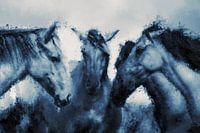 Horse Congress in blueWhale & Sons
Horse Congress in blueWhale & Sons Dreams of New York CityWhale & Sons
Dreams of New York CityWhale & Sons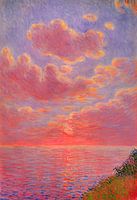 The pink seaWhale & Sons
The pink seaWhale & Sons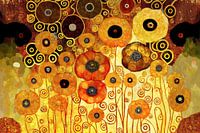 A field of poppies in goldWhale & Sons
A field of poppies in goldWhale & Sons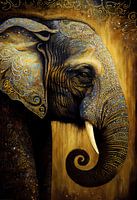 A dreaming Elephant in goldWhale & Sons
A dreaming Elephant in goldWhale & Sons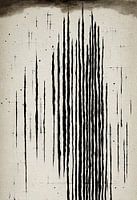 Tranquil TexturesWhale & Sons
Tranquil TexturesWhale & Sons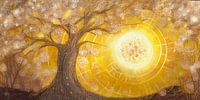 Harmony in the ForestWhale & Sons
Harmony in the ForestWhale & Sons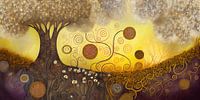 The Intersection of DreamsWhale & Sons
The Intersection of DreamsWhale & Sons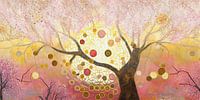 Whispers of the LeavesWhale & Sons
Whispers of the LeavesWhale & Sons The Mystic GatewayWhale & Sons
The Mystic GatewayWhale & Sons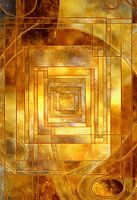 Golden RectanglesWhale & Sons
Golden RectanglesWhale & Sons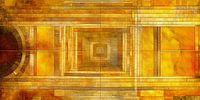 Golden LinesWhale & Sons
Golden LinesWhale & Sons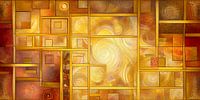 Geometric GoldWhale & Sons
Geometric GoldWhale & Sons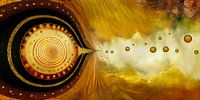 The Solar System in GoldWhale & Sons
The Solar System in GoldWhale & Sons Golden GrowthWhale & Sons
Golden GrowthWhale & Sons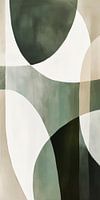 A Touch of Green # IWhale & Sons
A Touch of Green # IWhale & Sons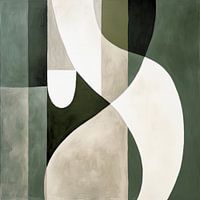 A Touch of Green # IIIWhale & Sons
A Touch of Green # IIIWhale & Sons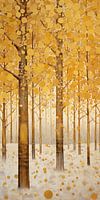 Snowy golden forestWhale & Sons
Snowy golden forestWhale & Sons Winter sun through the treesWhale & Sons
Winter sun through the treesWhale & Sons Autumn whispersWhale & Sons
Autumn whispersWhale & Sons
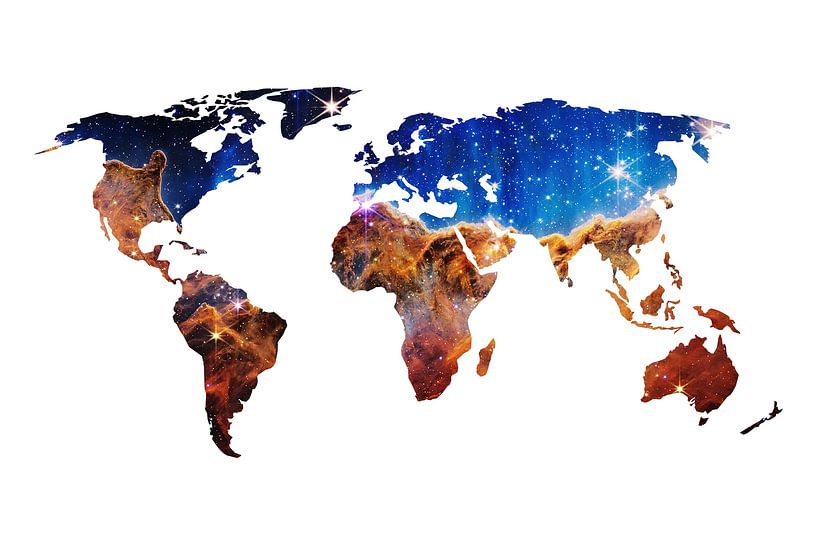












 Astrology and Space
Astrology and Space Digital art
Digital art Dreamy Escapes
Dreamy Escapes Mysterious Spheres
Mysterious Spheres Vibrant Colors
Vibrant Colors World and country maps
World and country maps









